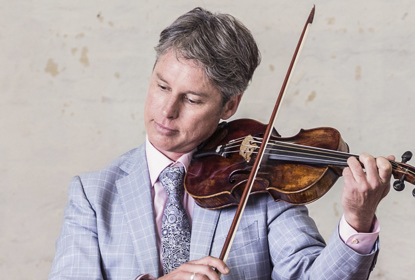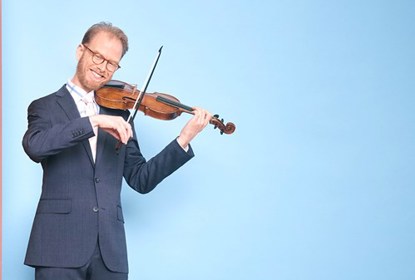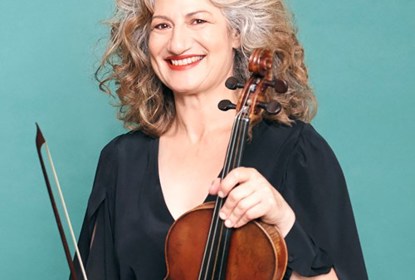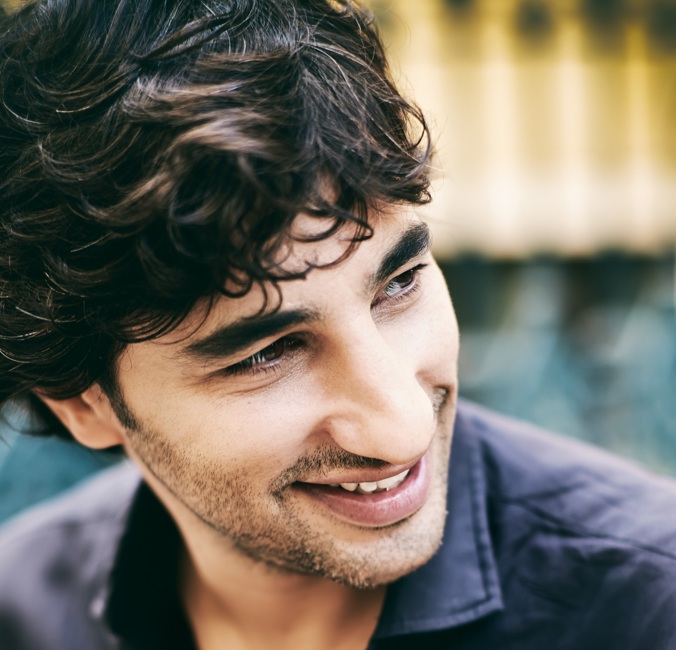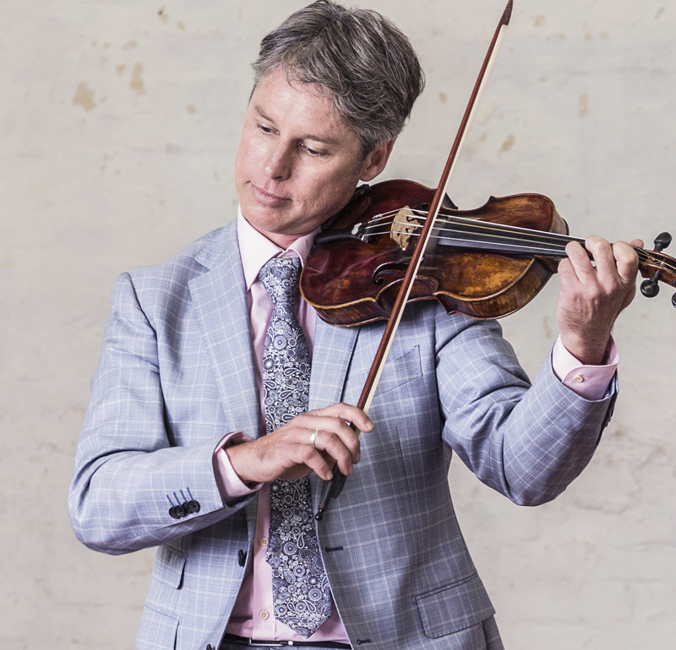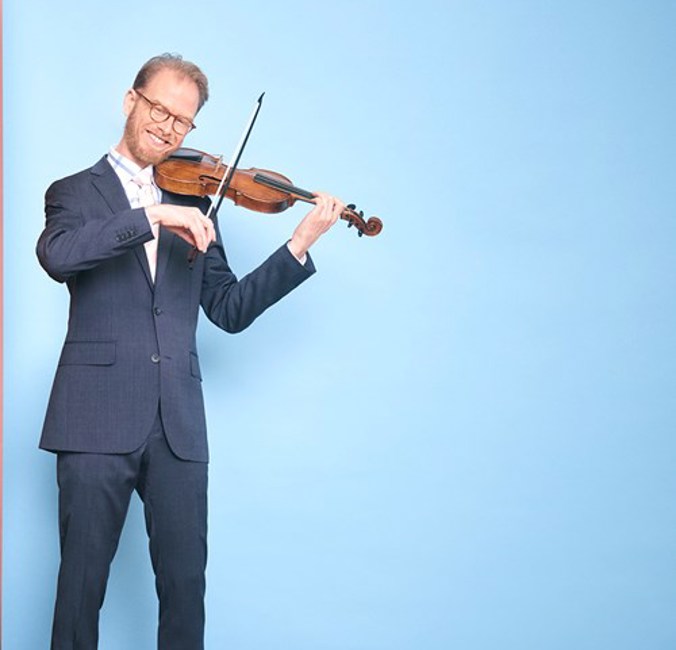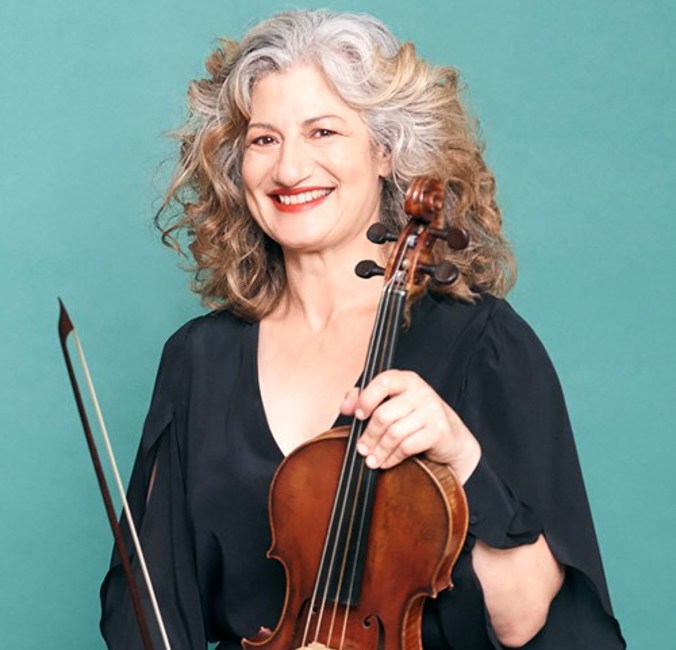From Our Stage
Avi Avital plays Vivaldi
Avi Avital performs Antonio Vivaldi's Concerto in D major for lute, strings & continuo, RV 93, arranged for mandolin, with the Australian Brandenburg Orchestra. Recorded live at City Recital Hall in 2014.
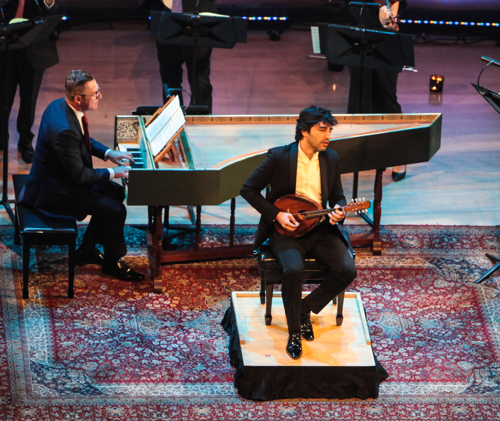
PROGRAM
Antonio Vivaldi (1678-1741)
Concerto in D major RV 93 (arr. for mandolin)
Soloist: Avi Avital (Germany)
The mandolin is a member of the lute family. It has four courses of doubled strings (now wire but originally gut), each pair tuned a perfect fifth apart, played by being plucked with a plectrum. Its tuning is the same as the violin, so any music composed for solo violin is readily transferrable to the mandolin. The mandolin’s distinctive sound is due to the use of tremolo: the player rapidly plucks each of the pair of strings to maintain the sound.
Different types of mandolin are used for playing different styles of music, but the type most commonly used in classical music and in European traditional music is the Neapolitan mandolin, developed in the middle of the 18th century. The mandolin was particularly popular in Italy among the middle and upper classes from the middle of the 1800s. Towards the end of the century, most Italian towns had a mandolin orchestra and by World War I it had become one of the most widely played instruments in northern Europe and the United States.
The mandolin has been used in compositions by many classical composers. Mozart had Don Giovanni sing a serenade accompanied by mandolin, and Vivaldi wrote a number of concerti featuring mandolin as the solo instrument. Beethoven played the mandolin and composed pieces for it, and it was also used by Mahler, Schoenberg, Webern, and Stravinsky.
Vivaldi probably wrote this concerto in 1730. He and his father had left Venice at the end of 1729 to travel to Vienna and then on to Prague, where his new opera Argippo was being performed. While they were in Prague, Count Johann Joseph von Wrtby, the royal governor of Bohemia, commissioned this lute concerto and two trios also for lute. The intended performer is not known, although it could have been Count Wrtby himself or a musician employed by him.
WHAT TO LISTEN FOR
Vivaldi took care to ensure that the soft grained sound of the lute was not swamped by the strings. In the fast outer movements, the tutti instruments frame passages for the soloist and mostly the lute (here the mandolin) is supported only by the continuo (bass instruments and harpsichord). The striking rhythms of the first movement are followed by one of his most exquisitely serene slow movements, and the concerto ends with a lively dance-like Allegro.
Program Notes: © Lynne Murray, 2014
Image Credit: Steven Godbee, 2016
Artists
{% error.message %}
More for you...
{% series.name %}
Featured Content
{% series.featuredTitle %}







